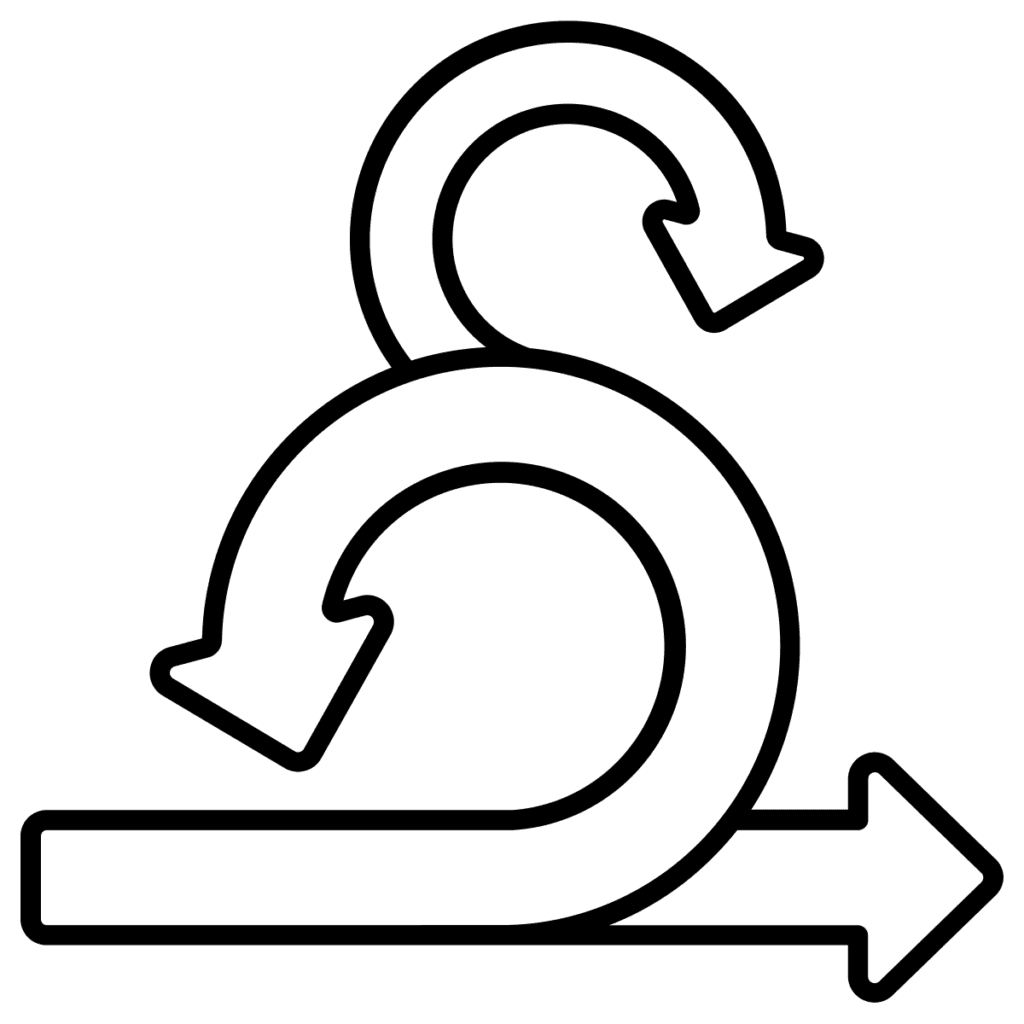Scrum framework overview

Scrum is a lightweight framework for developing complex products through iterative and incremental delivery. It consists of three roles (Product Owner, Scrum Master, Development Team), five events (Sprint, Sprint Planning, Daily Scrum, Sprint Review, Sprint Retrospective), and three artifacts (Product Backlog, Sprint Backlog, Increment). Scrum emphasises collaboration, transparency, and continuous improvement while maintaining simplicity and effectiveness.
Scrum values

Five core values underpin Scrum: Commitment to achieving team goals, Courage to do difficult work and make tough decisions, Focus on Sprint goals and priorities, Openness about work and challenges, and Respect for team members’ capabilities and decisions. These values create the foundation for successful Scrum implementation, fostering trust, collaboration, and high performance within teams and organisations.
Scrum theory

Scrum theory combines empirical process control with lean thinking to manage complex product development. Built on transparency, inspection, and adaptation pillars, Scrum acknowledges that problems cannot be fully understood upfront. Teams learn through experimentation, frequent feedback, and iterative delivery. This approach reduces waste, maximises value creation, and enables rapid response to changing requirements whilst maintaining sustainable development practices.
Development Team

The Development Team consists of professionals who deliver potentially releasable increments each Sprint. Self-organising and cross-functional, they possess all skills needed to create product increments. Typically 3-9 members, the team collectively owns work quality and Sprint success. They collaborate closely with the Product Owner and Scrum Master, making technical decisions whilst maintaining accountability for delivery and continuous improvement.
Traditional vs Agile project management

Traditional project management follows sequential phases with detailed upfront planning, extensive documentation, and rigid change control. Agile embraces iterative development, adaptive planning, and continuous stakeholder feedback. While traditional methods suit predictable projects with stable requirements, Agile excels in dynamic environments where flexibility, rapid delivery, and customer collaboration drive success through incremental value creation.
